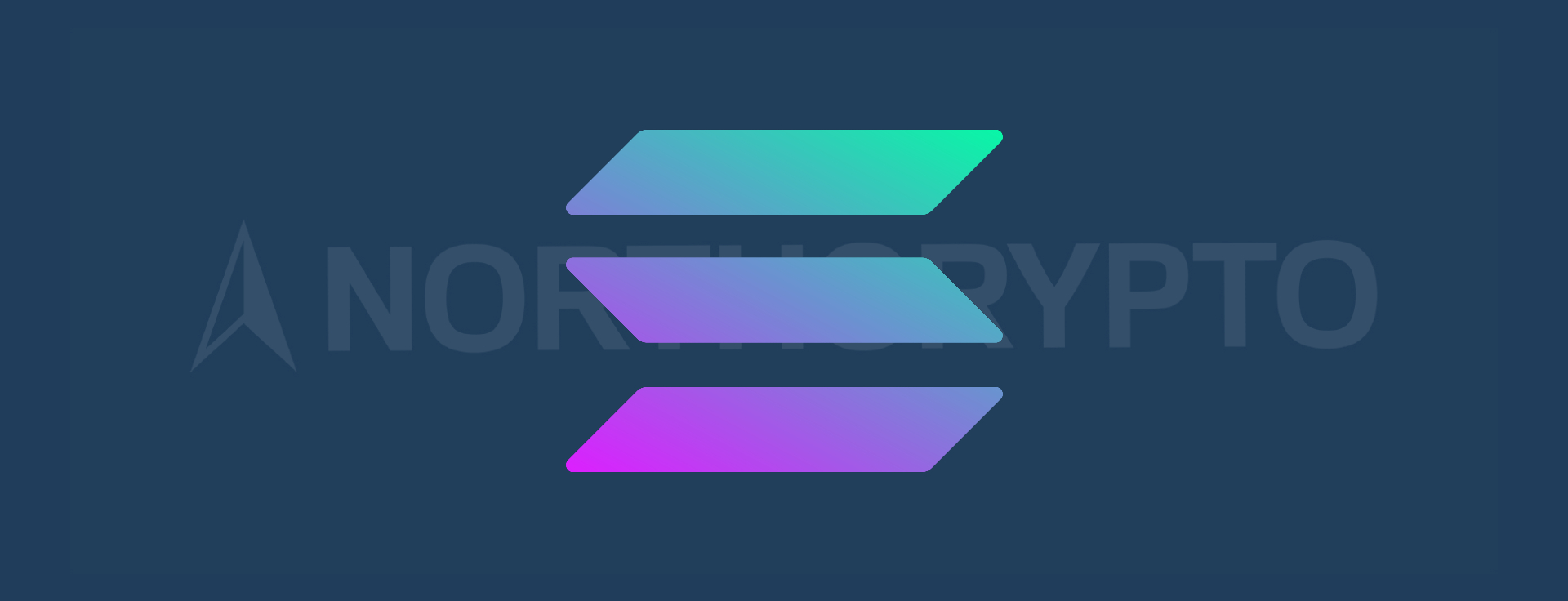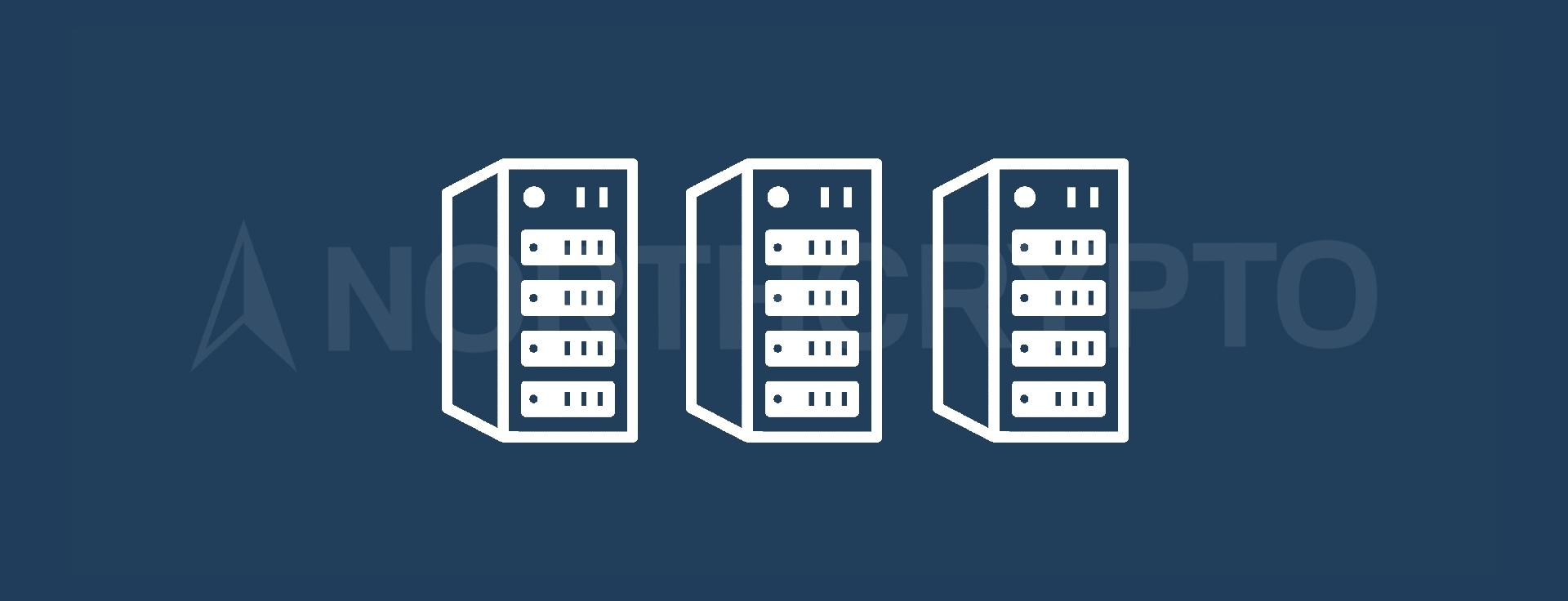
Ethereum is the largest ecosystem in the cryptocurrency market. The great popularity of the Ethereum blockchain has led to its capacity limits beginning to come in recent years. Ethereum 2.0 is the latest version of Ethereum's blockchain, which aims to solve the scalability challenges faced by Ethereum. This article takes a closer look at what Ethereum 2.0 is and how it affects the operating principle of Ethereum.
What is Ethereum?
However, before getting acquainted with Ethereum 2.0, it is a good idea to review the basics of Ethereum.
Ethereum is one of the oldest cryptocurrencies in the cryptocurrency market. Ethereum’s blockchain began operations in 2015, and over the years, a vast and skillful development community has grown around Ethereum. In recent years, the popularity of the Ethereum blockchain has been multiplying, and an increasing number of people have understood the opportunities offered by Ethereum.
Ethereum is a platform with its own blockchain that enables various distributed applications (Dapp), smart contracts, cryptocurrencies, and NFTs. Applications built on top of Ethereum seek to eliminate the need for third parties through their own operations. The top-rated DeFi services also operate almost invariably on Ethereum. DeFi is a generic term for services that seek to create an entirely new decentralized financial sector alongside the traditional banking world. The strong growth in the popularity of DeFi services has been one of the key factors in the explosive growth in Ethereum.
Currently, the maintenance of Ethereum’s blockchain is handled by powerful computers called miners. The miner-based consensus model followed by the Ethereum blockchain is called Proof of Work. However, in the case of Ethereum, Proof of Work, which requires a heavy mining infrastructure, is a thing of the past, as with Ethereum 2.0, Ethereum is moving to a more modern Proof of Stake model, where it is possible to become a blockchain administrator by staking tokens. It would then be possible to stake Ethereum by locking Ethereum’s currency called Ether in the blockchain maintenance work. Compensation for the maintenance work of the blockchain will then, of course, also be paid in Ethers.
What is Ethereum 2.0?
The growing popularity of the Ethereum blockchain has, over the years, led to its capacity limits. This has been reflected, especially during 2021, in Ethereum's high transaction costs. Ethereum 2.0 is a long-awaited package of numerous upgrades to Ethereum designed to increase the capacity of Ethereum's network from the current one and bring Ethereum more in line with the needs of its growing user base.
Over the years, Ethereum has received numerous new hard forks (upgrades) that have brought it closer to the new version of Ethereum. Ethereum 2.0 is not a whim for a moment, as the developers of Ethereum have been working systematically towards it since the early days of Ethereum. Over the years, many have also doubted whether Ethereum 2.0 will ever see the light of day. Despite the doubts, Ethereum 2.0 is now closer than ever before.
Before launch, Ethereum 2.0 requires two significant updates. These updates are Proof of Stake and Sharding.
Ethereum has been operating since its inception based on the Proof of Work consensus model. Before the launch of Ethereum 2.0, Ethereum's current Proof of Work consensus mechanism will be replaced by a Proof of Stake model that, like Proof of Work, will not place limits on network capacity.
The transition to a Proof of Stake-based consensus algorithm means that in the future, Ethereum's blockchain maintenance work will be performed by locking Ethereum's own Ether currency instead of utilizing the computing power of mining equipment, i.e., powerful computers.
Because of staking, anyone holding Ethereum's own currency called Ether can, if they wish, participate in the maintenance of the blockchain by locking their own holdings. Using the Proof of Stake consensus model allows for better scalability to the Ethereum blockchain.
Switching from Ethereum's consensus algorithm from the previous Proof of Work consensus algorithm to the Proof of Stake consensus algorithm is a prerequisite for the next upgrade. This upgrade is called Sharding, and its goal is to improve Ethereum's scalability.
Sharding aims to split the Ethereum database into smaller parts called shards. Implementing Sharding would not be possible without leveraging the Proof of Stake consensus model. In Proof of Work-based cryptocurrencies, it is impossible to force an individual to validate only a limited part of the blockchain.
With Sharding, it is possible to start parallel processing of data in the blockchain of Ethereum. This means that all members of the blockchain no longer have to update just one database, thus significantly increasing Ethereum's capacity. With Sharding, Ethereum's network will be split into smaller parts, making it possible to perform more simultaneous transfers on the network.
The launch of Ethereum 2.0 takes place in three different phases. In phase zero, a second blockchain was launched alongside the current Ethereum blockchain. This blockchain is called Beacon Chain, and it works using the Proof of Stake method. The current blockchain of Ethereum has continued to operate alongside this new blockchain in a completely normal manner, ensuring that the blockchain remains unbroken and the data stored therein in a secure place.
In the first phase, the Sharding mentioned in the article takes over the stage. Sharding should startup on top of Beacon Chain during 2021.
In the second and final phase, Ethereum's current blockchain will merge with Beacon Chain. As a result, the Proof of Work-based mining of the Ethereum blockchain will also end, and Ethereum 2.0 begins operations.
Ethereum is currently by far the largest ecosystem in the world of cryptocurrencies, and Ethereum 2.0 will further strengthen its position. The approach of Ethereum 2.0 is sure to increase investor interest in Ethereum this year.
Mikko Soon
Cryptocurrency specialist
Last updated: 10.03.2022 21:14





